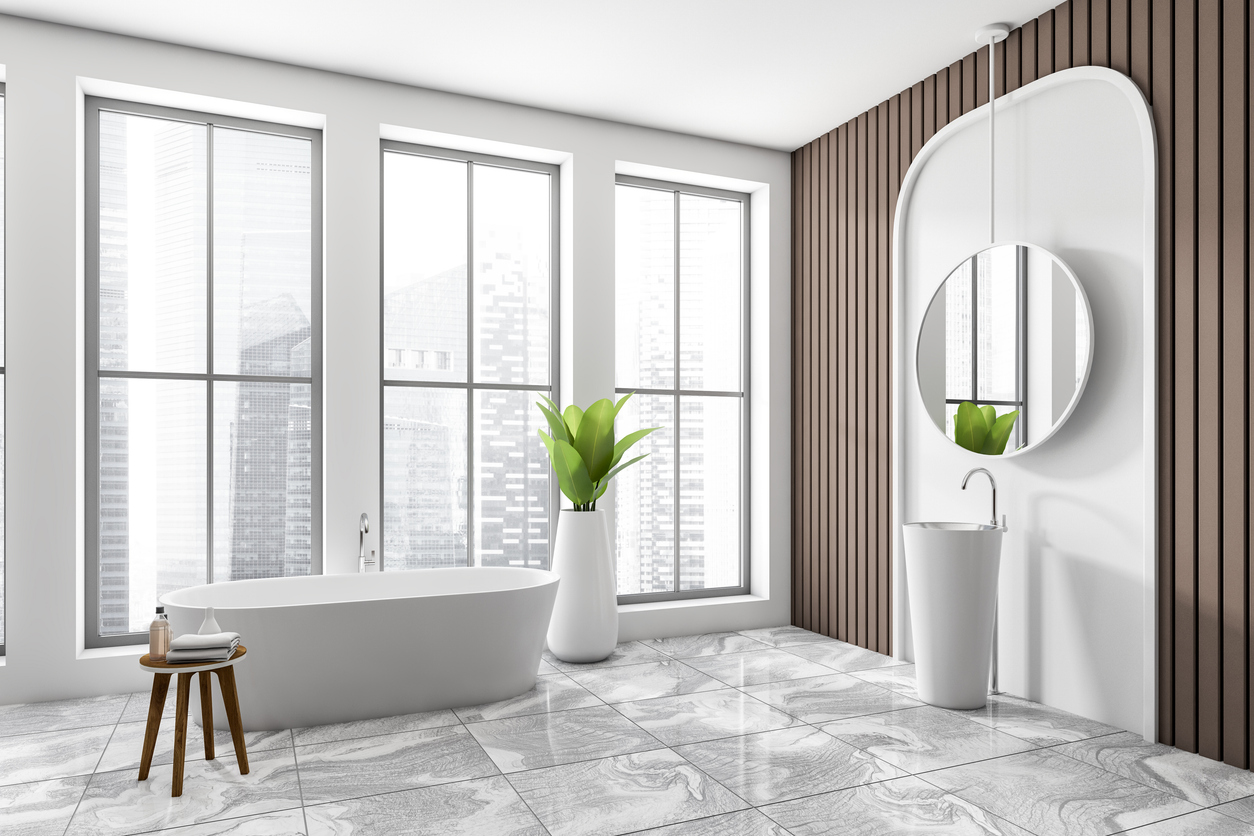
Deep Bathtubs Buying Guide 2025 -Photos & Examples
Deep bathtubs are designed for full-body immersion, offering greater depth and a more luxurious soaking experience than standard tubs. Perfect
Tired of standard bathtubs and looking for a unique centerpiece for your home? Today we will look at 4 standard bathtub alternatives and discuss the benefits they can bring to your home.
The standard bathtubs for many years are as follows:
Below you will find the most popular standard bathtub choices on the market today:
A freestanding bathtub is any bathtub that can stand on its own. What makes freestanding bathtubs unique is their ability to be placed anywhere in the bathroom. In addition, freestanding bathtubs are available in many high-quality materials, allowing them to retain heat over long periods of time.
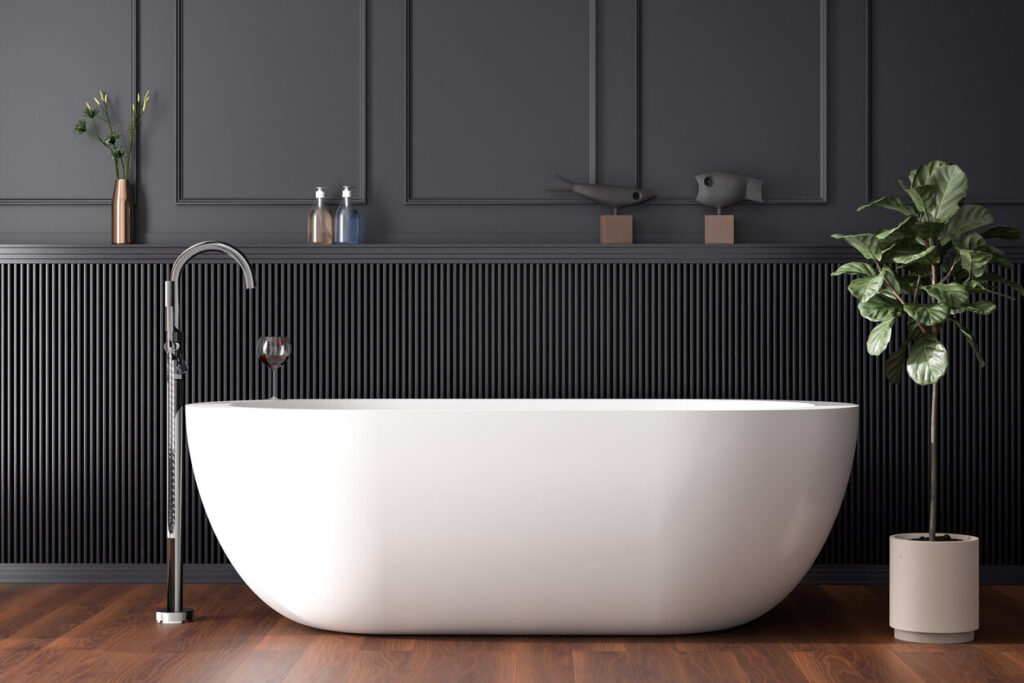
A Japanese soaking tub is circular design bathtub, similar to an alcove bathtub, but designed for a singular person to sit comfortably inside. The purpose of these tubs is to provide all the benefits of a freestanding bathtub but in a smaller space, making them ideal for small-sized bathrooms.
A clawfoot bathtub is a classic freestanding bathtub with four clawfoot legs. Despite the name, the feet of this bathtub aren’t always claws, but it does need to have four legs. This defining characteristic is what makes clawfoot tubs unique as this bathtub has been a long-time staple of bathrooms for centuries.
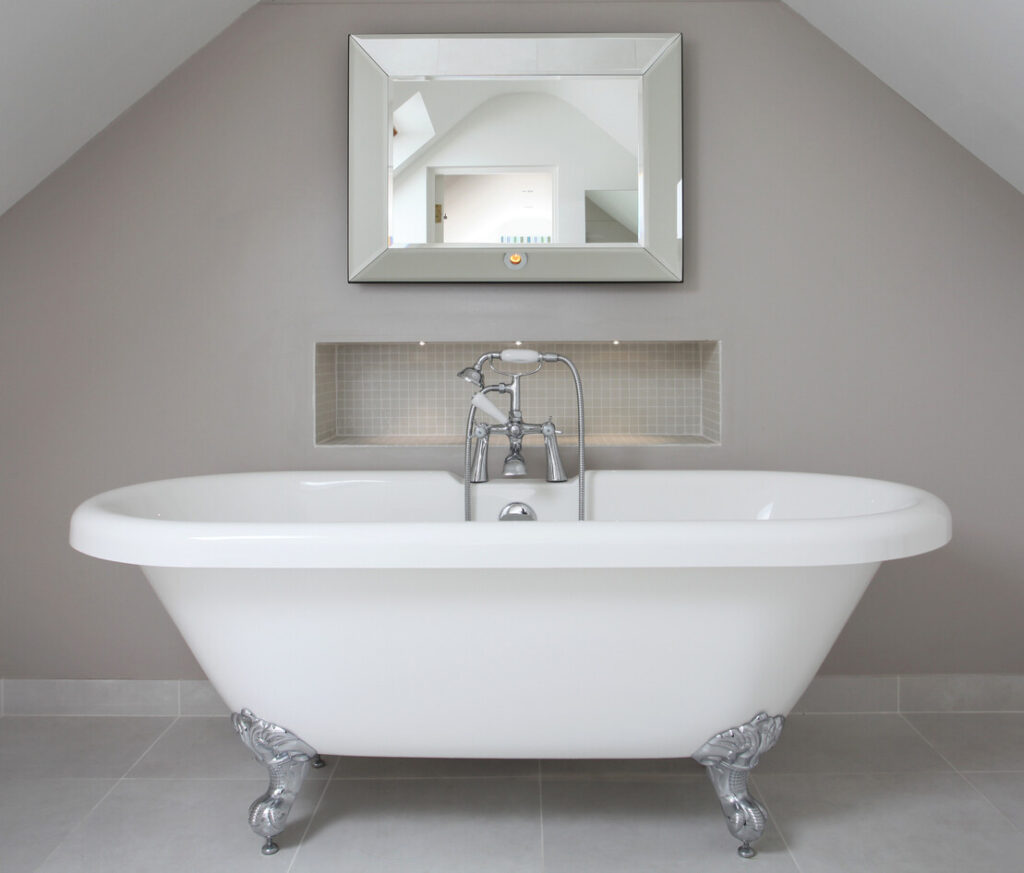
Heated tubs provide heated jets of either water or air. These jets heat the tub as well as provide a gentle massage for your joints and muscles. What makes heated tubs unique from other bathtubs are the numerous proliferations all around the tub which is where the jets are located. Additionally, these tubs have a separate motor that controls the jets.
A shower is where a person bathes under warm or hot water spray. There is always a drain on the floor, and most showers have adjustable temperatures and spray pressure.
A shower chair is a seat that allows you to stay anchored and safe while you take a shower or go to the bathroom. In addition, the seat helps with balance and stability, making it ideal for injured people.
A walk-in bathtub is a bathtub that you can walk into. It is designed for the elderly and movement impaired individuals as there are seats and multiple safety grips to prevent slipping. The user sits in the bathtub while they are bathing.
A small bathtub is a bathtub that typically measures less than 60 inches. Bathtubs are available in drop-in or freestanding models.
Standard bathtubs provide a great asset to any bathroom, but they are a bit limited in design. Additionally, they take up a fair bit of room as well. Alternative bathtub designs help address these issues by providing a bathtub that has the same functionality while providing its own benefits as well.
Standard bathtubs tend to take up a great deal of space. Alternative styles are designed to save space such as corner and soaking tubs. The round design means that you have more room to install a larger sink or extra storage space if you desire.
Standard bathtubs are a bit limited in their design. Perhaps your space is small and you need a bathtub that can allow you extra space in your apartment or home. Having a greater selection of designs can allow you to better customize your bath space.
Lifestyle change can signal the need for a new bathtub. As you get older, you need a bathtub that is easily accessible for both children and the elderly so a new design is warranted. Alternatively, you may find yourself more stressed and in need of a bathtub that can allow you better muscle relief than a standard bathtub.
When choosing a new or alternative bathtub, here are some helpful tips to remember before buying:
An important question to answer is why you need a new tub? Do you want a stylistic change? How big do you want your new tub to be? By addressing this question, you can easily narrow down what type of bathtub is suitable for you and your home which can save you money in the long term.
Before making a decision, you should do your research on different tub styles to see which is the most appropriate for you. Weigh your options carefully and understand each style’s pros and cons before purchasing.
Bathtubs are expensive purchases, so it is key that you stick to your budget. While it may be attractive to purchase a whirlpool tub with fancy jet options, your budget may not support it long-term. As always, consider your needs before purchasing a bathtub.
A bathtub is the centerpiece of the bathroom and you should consider how it looks in it’s finished form. Bathmats, plants, towels, and other accents can provide great compliments to your bathtub and help elevate its look as well as the feel of your bathroom itself. When purchasing your tub, it is best to consider the whole of your bathroom, not just the tub itself.
Standard bathtubs are great options for most homes, but with lifestyle changes and a smaller space, alternative bathtubs are a great solution. So if you are tired of your standard bathtub, do the research and find a new bathtub alternative today to fit your needs.

Eric is the founder and president of Badeloft USA. He has been the president of Badeloft’s US division for over ten years and oversees all marketing and branding aspects of Badeloftusa.com.
His expertise lies in small business development, sales, and home and bathroom industry trends and information.
Contact us with any business related inquiries.
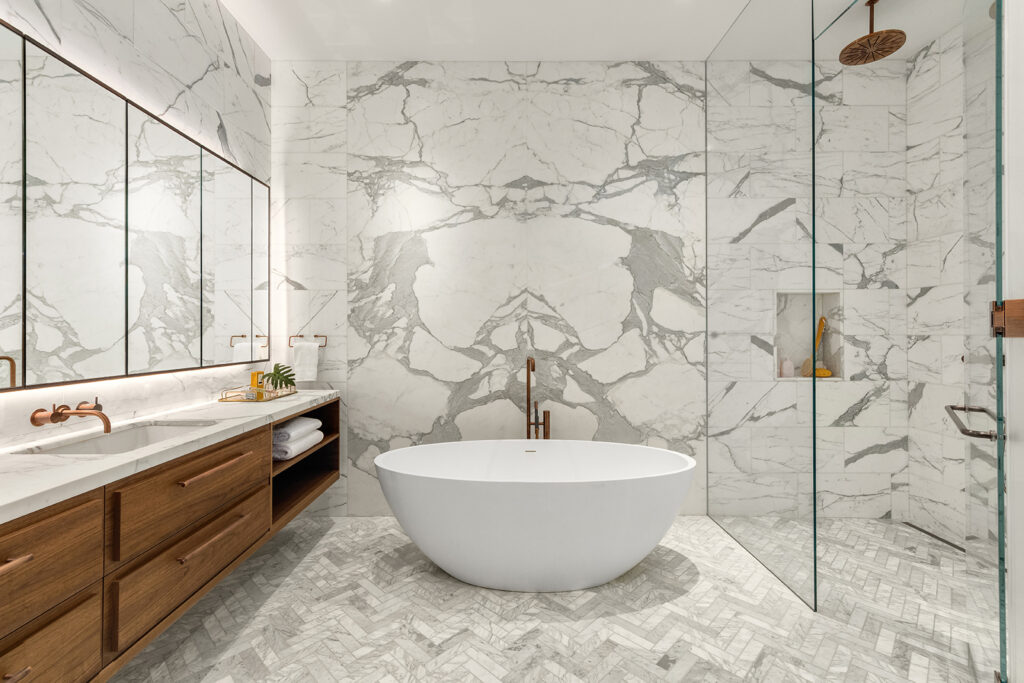
Free material samples and tub templates

Deep bathtubs are designed for full-body immersion, offering greater depth and a more luxurious soaking experience than standard tubs. Perfect
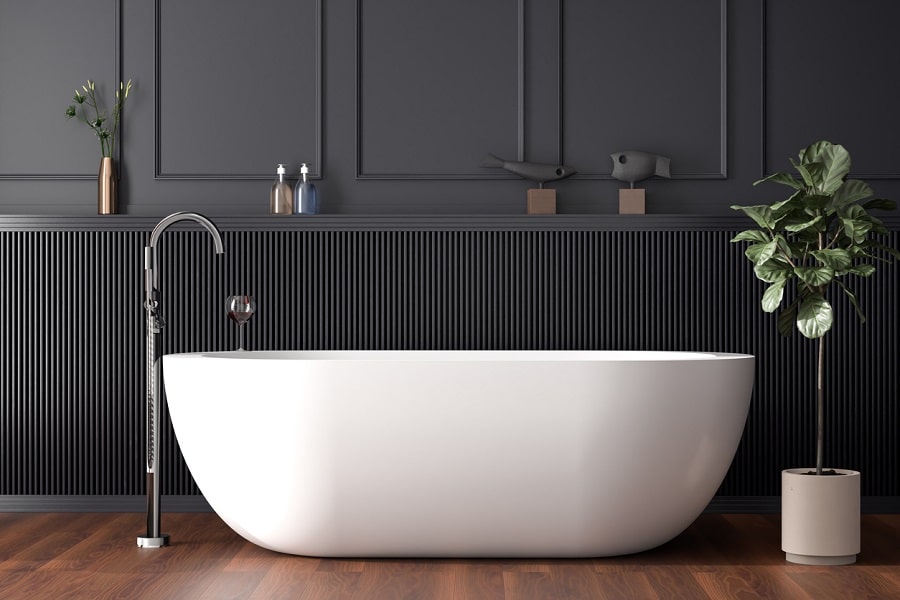
In 2025, bathtubs will be more than functional fixtures—they’ll be bold design statements that define bathroom aesthetics. From timeless white
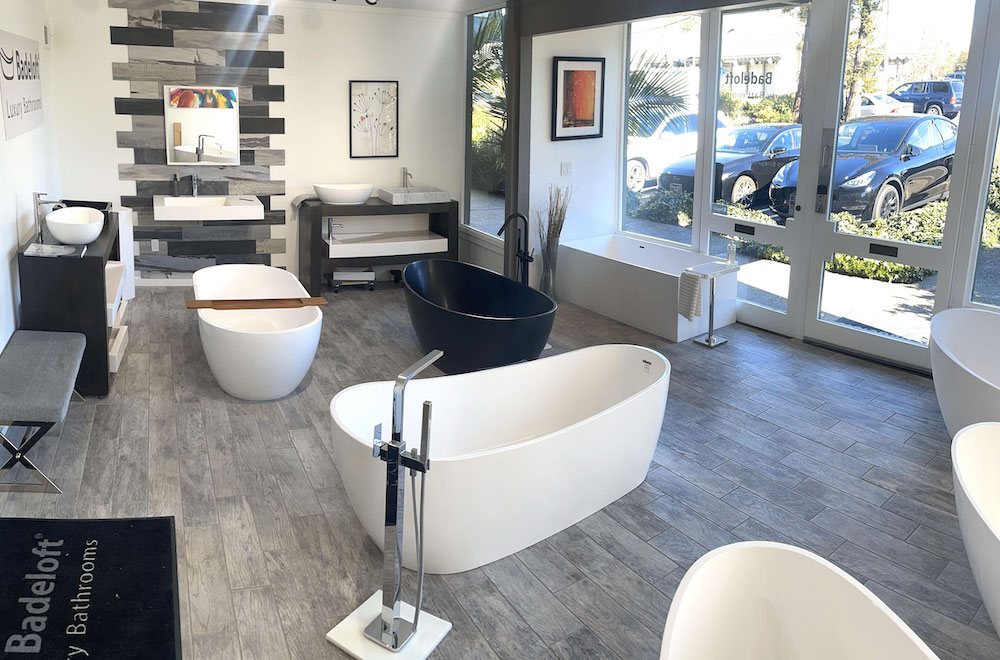
The San Francisco Bay Area is home to a variety of top-rated bathtub shops offering everything from modern, luxury designs
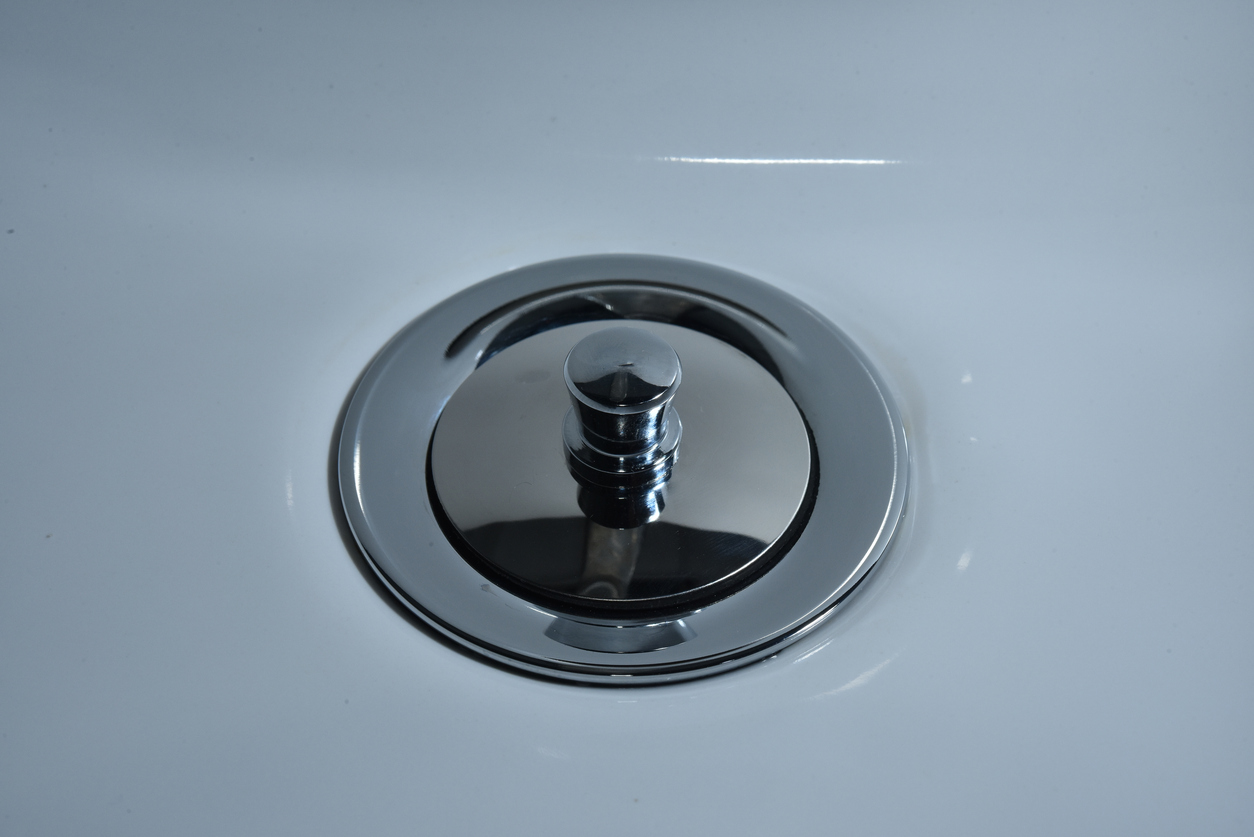
Choosing the right bathtub drain stopper is essential for creating a comfortable and functional bathing experience. With over 20 common
Fill out the form below to request a free material sample
"*" indicates required fields
"*" indicates required fields
"*" indicates required fields